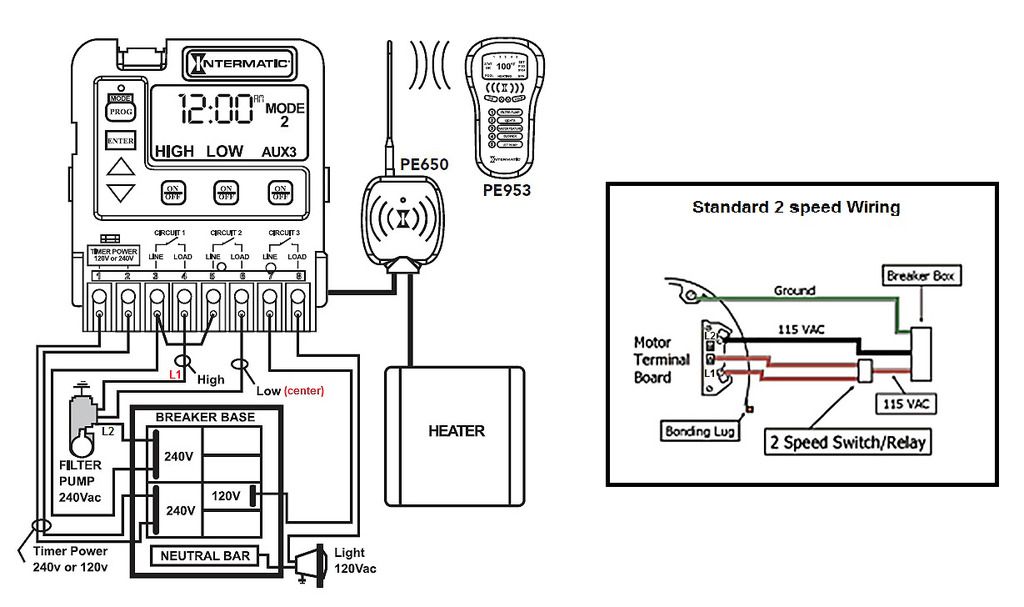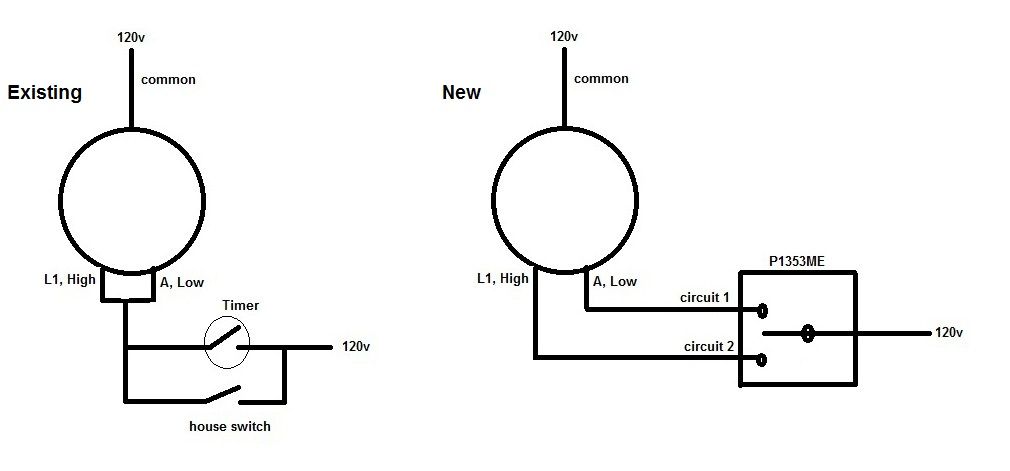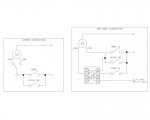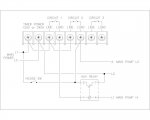
So after searching, I think the simplest way to automate my 2-speed pump is to change my standard timers (not sure the model) to the Intermatic digital P1353ME (unless there is something better, please let me know). Together with the schematic from the Whisperflo, I labeled wiring in the diagram above. (Please disregard the Light, Heater and the Wireless).Does it look right?
Also some questions:
The P1353ME only control 3 circuits but I need 4: 2 for 2-speed pump, 1 SWG and 1 for fountain pump. Currently I have 2 timers. 1 timer turns on/off both the 2-speed pump and the SWG simultaneously (I think with one circuit), and the fountain pump controller by the other timer. With the P1353ME, can I attach the SWG to the LOW circuit (circuit 2 on the diagram) of the pump to turn it on during low speed, and use the third circuit to control the fountain pump? If I was wrong about my existing pump/SWG timer has only one circuit then it's not possible.
Also, just curious, based on the schematic on the Whisperflo, does it mean low speed only uses 120v
Thx




